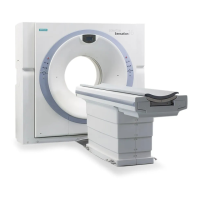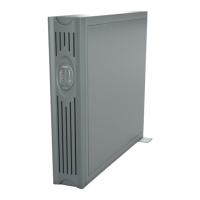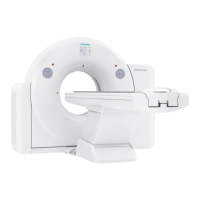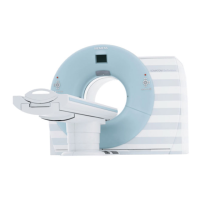8
General
Concept
The scan protocols for adult are defined according
to body regions – Head, Neck, Shoulder, Thorax,
Abdomen, Spine, Pelvis, Extremities.
The pediatric scan protocols are defined under the
folder “Children“.
The protocols for special applications are defined
under “Special“ (please refer to the Application Guide
for Special applications).
The general concept is as follows:
“Fast“: uses 1.5 mm slice collimation and a higher
pitch for fast acquisition for CT Angios or trauma
cases.
“Routine“: uses either 0.75 mm or 1.5 mm slice colli-
mation depending on the region of interest for routine
studies.
“ThinSlice“: uses 0.75 mm slice collimation for thin
slice studies.
“HiRes“: uses 0,75 mm slice collimation and rotation
time of 0.75 s for High-resolution studies.
“UHR“: uses a 0.75 mm slice collimation in Spiral mode
and a 0.6 mm slice collimation in Sequence mode,
a rotation time of 0.75 s and a scan FOV of 250 mm for
ultra-high resolution studies.
“Combi“: uses 0.75 mm as slice collimation and
reconstruct images as both thinner slice width for HiRes
or CTA and thicker slice width for soft tissue studies.
“Seq“: stands for Sequence. E. g. “HeadSeq“ means the
sequence mode for the head; “Spi“ stands for “Spiral“.
E. g. “HeadSpi“ means the spiral mode for the head.

